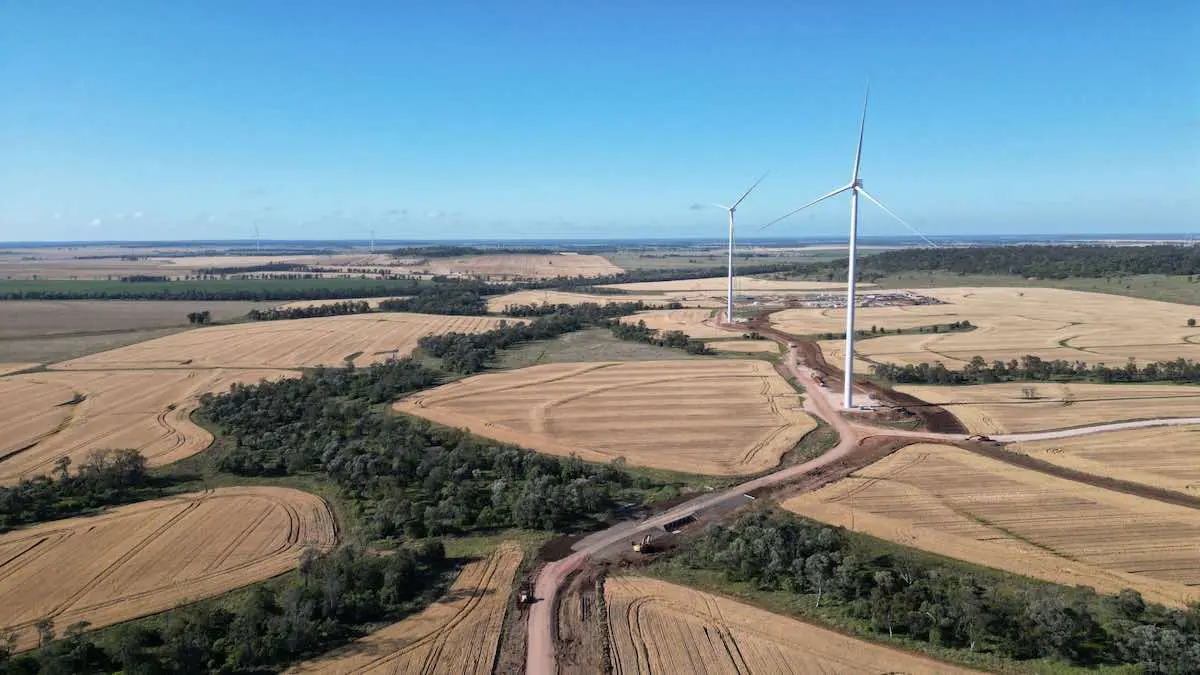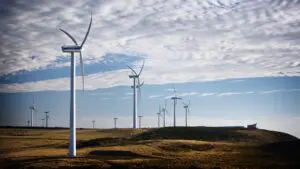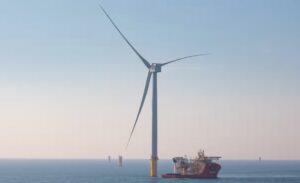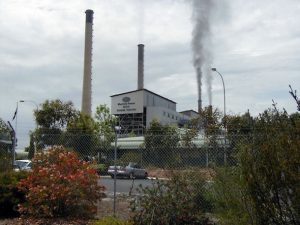New data has shown that wholesale electricity prices in Queensland fell by nearly 40 per cent over the 2023-24 financial year, prompting calls for the new Liberal government to stick with the state’s renewable energy targets and maintain the downward trend.
A new report from the Queensland Audit Office has found the Sunshine State’s average wholesale power price fell by 39 per cent over the last financial year, or by $54 per megawatt-hour (MWh) – more than any other state on the National Electricity Market.

The report attributes the price drop primarily to the increased supply of solar and wind energy to the state’s grid over the past two years, as well as to a relatively stable 12 months of supply from scheduled generators, and the federal government price caps on coal and gas.
“Average wholesale electricity prices in Queensland have decreased in the past two years, driven by a more stable supply of and demand for electricity, and the greater availability of renewables,” the report says.

Of course, as the report notes, lower wholesale electricity prices do not automatically translate into lower customer bills – once you have added in network costs and retailer service charges and factored in other market influences.
But they are certainly a sign that the cost of generating electricity is not going up as the state shifts to renewables – the report also highlights that Queensland is on track to meet all of its renewable energy targets, including 80% by 2035.
“The proof of the pudding is in the eating, and this report is concrete evidence that Queensland’s renewable energy targets are driving new clean energy supply and bringing down the cost of electricity,” said Queensland Conservation Council campaigner and energy expert Stephanie Gray, on Monday.
“Queensland’s legislated renewable energy targets have provided investment certainty and mean Queensland’s electricity prices are dropping faster than other states.

“To drive down power bills further, we need to keep up the progress and make sure we’re installing more solar, wind and storage capacity.”
Gray says it is a big concern that the new Liberal Queensland government doesn’t currently have an energy plan and is considering repealing the state’s renewable energy targets.
“Scrapping the targets, which are clearly working, puts further bill savings and energy reliability at risk,” she said on Monday.
“We’d like to see the Queensland government maintain our renewable energy targets, and get cracking on planning reforms so solar and wind projects are better sited and deliver more benefits to the community and nature.”
The report found on average renewable energy generation in Queensland has increased by 3.5 percent each year since 2020. Queensland is now running on 27 percent renewable energy.








